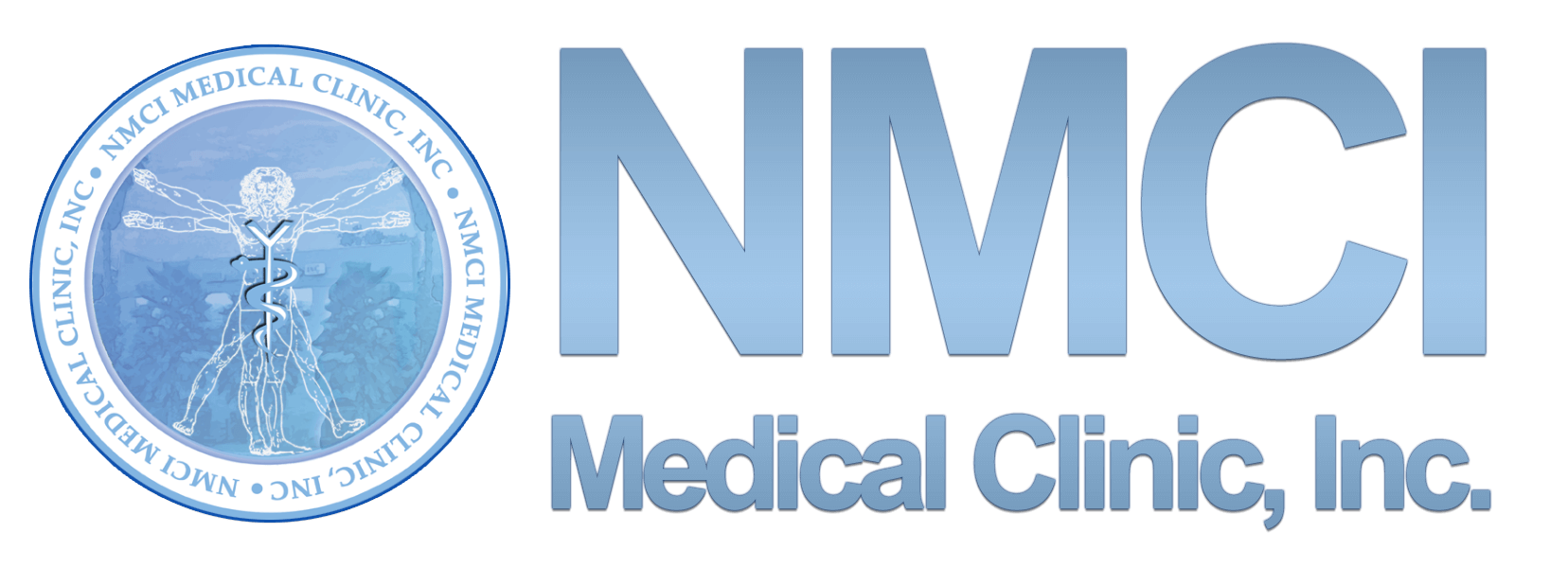If you are injured at work, it is important to determine your functional capacity. If your Work Comp injury has resulted in a decrease in your ability to work, lift, carry, the most effective way to document the injury, and its effect on you, is a FUNCTIONAL CAPACITY EVALUATION. FOR AN APPOINTMENT,
The Labor Code defines medical necessity as that which is “reasonable required to cure or relieve from the effects of industrial injuries”. Treatment must also be consistent with published petitioner’s peer group. Presently, Senate Bill 228 amends the Labor Code §4604.5 to provide a presumption of correctness to the utilization guidelines of the American College of Occupational and Environmental Medicine (ACOEM).
The patient’s diagnosis is consistent with our objective findings, subjective complaints, symptomatology and the etiological factors of this case. The requested treatment for a functional capacity evaluation (FCE) is medically necessary and appropriate in relation to the industrial injury consistent with the American College of Occupational and Environmental Medicine (ACOEM) guidelines (2nd Ed., 2004) FCE results will also assist in translating medical impairment into functional limitations, and determine work capability (c.f. ACOEM 2004 OMPG: Chapter 1, page 12).
The following excerpts are taken from ACOEM Guidelines4 (additional formatting has been added for emphasis):
Chapter 7, Independent Medical Examinations and Consultations:
“The examiner is responsible for determining whether the impairment results in functional limitations and to inform the examinee and the employer about the examinee’s abilities and limitations. The employer or claims administrator may request functional ability evaluations, also known as Functional Capacity Evaluations, to further assess current work capability. These assessments also may be ordered by the treating or evaluating physician, if the physician feels information from such testing is crucial. …Functional capacity evaluations may establish physical abilities and also facilitate the examinee/employer relationship for return to work. However, FCE’s can be deliberately simplified evaluations based upon multiple assumptions and subjective factors, which are not always apparent to the requesting physician.”
Note: Chapter 7 goes on to say that “there is little scientific evidence confirming that FCE’s predict individual’s actual capacity to perform in the workplace;” which is precisely why we perform the EPIC1,2,3 Lift Capacity test (Employment Potential Improvement Corp., Santa Ana, CA).
Chapter 5, Cornerstone of Disability Prevention and Management, pages 75-103, states on page 81 (Step 4 of Formulating and Communicating a Work Prescription to the Employer/Insurer):
“It may be necessary to obtain a more precise delineation of patient capabilities than is available from routine physical examination. Under some circumstances, this can best be done by ordering a functional capacity evaluation of the patient.
“Whatever the basis of work capabilities or restrictions, it is necessary for physicians to state their source of information. In particular, avoid relying solely on the patient or the employer for input; instead, seek objective information or third-party corroboration, especially when controversy exists. This is particularly true when a patient may be asked to do work that may exceed his or her limitations and lead to further injury or create a hazard.”
Chapter 5, page 89, Managing Delayed Recovery, section A. Reassessing Function and Functional Recovery:
“The first step in managing delayed recovery is to document the patient’s current state of functional ability, including Activities of Daily Living (ADL) and the recovery trajectory to date as a time line. As starting point for this assessment, obtain a complete history from the patient and other objective observers, including the employer and the on-site occupational health professional with regard to the abilities or effectiveness at work. Goals for functional recovery can then be framed with a reference to this baseline. A number of functional assessment tools are available, including functional capacity exams and videotapes.”
As cited in the article by Jay, Marc A, et al.1: “Through use of standardized indicators of sincere effort, certified EPIC lift test evaluators were able to predict sincerity of effort with a high degree of reliability and validity. The rater’s systematic observational evaluation of effort was shown to be the single best indicator of sincere effort.” Another article by LN Matheson, et al. 2 concluded that “the safety and reliability of the EPIC Lift Capacity test was adequately demonstrated in a laboratory setting and across multiple field sites with evaluators who have varying types and degrees of professional preparation”. In “Part 2…” 3 it was found that “reactivity of the EPIC Lift Capacity test was negligible over an 8-week treatment regimen that did not include lifting tasks.”
It is also important to note that specific factors present in the patient or the patient’s case may have a significant influence on the patient’s recovery from industrial injury. Many factors are mentioned in Chapter 5 of ACOEM guidelines 4 as well as in evidence-based medicine. For example, LN Matheson, et al.6, compare aerobic fitness and back strength in relation to lift capacity. In short we wish to assure that all pertinent factors involved in our patients’ cure and relief are considered, both in our evaluation and treatment plan design.
ODG Guidelines also discusses the effectiveness (and cautions/limitations) of FCE’s. In the “Fitness for Duty” chapter, ODG states: “Functional capacity evaluation (FCE), as an objective resource for disability managers, is an invaluable tool in the return to work process. (Lyth, 2001).” Careful inspection of our FCE protocols shall prove that we have made all the necessary accommodations for the cautions and limitations addressed in these guidelines.
The goal of this FCE is to assess current work capability. Objective measurements, including visual analog scale (VAS), and pain drawing will be used to assess current status. This test will help provide indication of the individual’s ability to perform certain job tasks and return to work status. As previously noted, lifting, pushing, pulling, standing, carrying and other objective data will help translate medical impairment into functional limitations and determine work capabilities (required data for DWC Forms PR-4).






